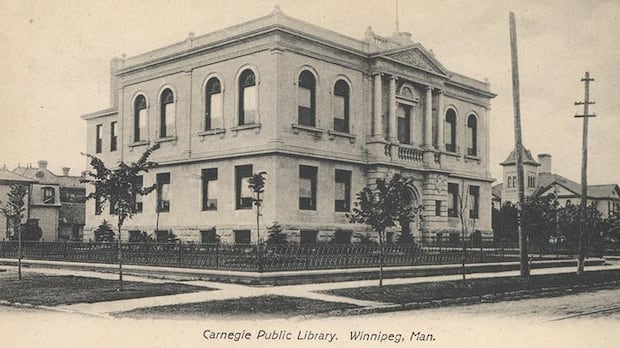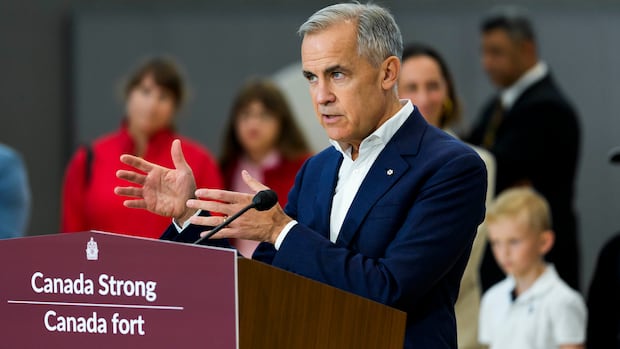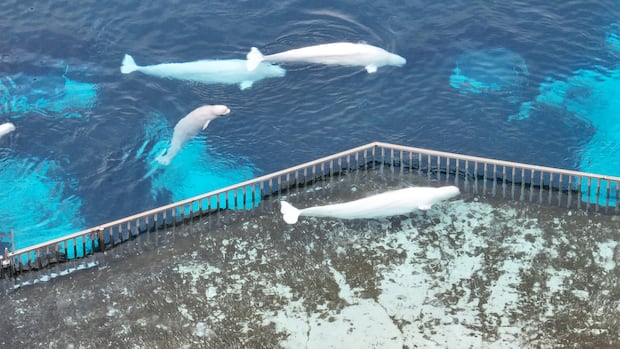Conservative Leader Pierre Poilievre is calling for a tougher stance on immigration, saying Monday he wants to see “very hard caps” on the number of newcomers allowed into the country.
Speaking to reporters at a news conference in Ottawa, Poilievre said the country has struggled to integrate newcomers and he wants to see more people leaving than coming in “while we catch up.”
“We have millions of people whose permits will expire over the next couple of years, and many of them will leave,” he said. “We need more people leaving than coming for the next couple years.”
Poilievre has been critical of the past Liberal government’s handling of the immigration file. In the last election, he promised to “restore order” to what he called a “broken” system.
Conservative Leader Pierre Poilievre told reporters on Monday there must be ‘more people leaving’ Canada than entering, without specifying how many.
And while he did vow during the campaign to “dramatically” reduce the number of temporary foreign workers and international students if elected, Poilievre is now saying Prime Minister Mark Carney should go even further by calling for negative net migration.
Immigration has been at the centre of his post-election messaging on social media and in his public remarks.
“Our country is divided and we’re not able to integrate people at this pace,” Poilievre said Thursday of the elevated immigration levels that led to record-high growth rates in the post-COVID era.
At the Calgary Stampede earlier this month, he said the Liberal government has pursued a “failed experiment with open borders.”
“Immigration must be controlled. It must be in numbers we can absorb,” he said.
While the last government did not have an “open border” policy, the number of people admitted hit levels not seen in decades.
In 2022 and 2023, for example, the population grew by 2.5 per cent and 3.1 per cent respectively — growth rates that were double or triple what was reported in years past, according to Statistics Canada data.
According to population estimates, the country has grown by some 3.6 million people since early 2020.
That growth has been fuelled by a surge in non-permanent residents — many of whom were students and low-wage foreign workers.
Amid signs of stress — record-low rental vacancy rates, higher home prices, elevated youth and immigrant unemployment and troubling health-care access data — the last Liberal government dialled back the number of students and temporary foreign workers.
Those changes seem to be having an impact. StatsCan reported the population growth rate was 0.0 per cent in the first quarter of this year, the second consecutive quarter with a net drop in non-permanent residents.
Carney has vowed to keep those limits in place — and cap the number of non-permanent residents at five per cent of the total population by the end of 2027. That would be well below where it was at the start of the year.
Federal data suggests there were three million non-permanent residents in Canada in the third quarter of 2024. With a population of about 40 million, that works out to roughly 7.5 per cent.

The push to whittle down that figure to five per cent means even fewer international students will be admitted and businesses will be denied permits to import labour, if Carney’s plan is fully implemented.
Poilievre said deeper cuts are warranted.
“Our immigration policy should invite the right people in the right numbers in a way that puts Canada and Canadians first,” he said.






